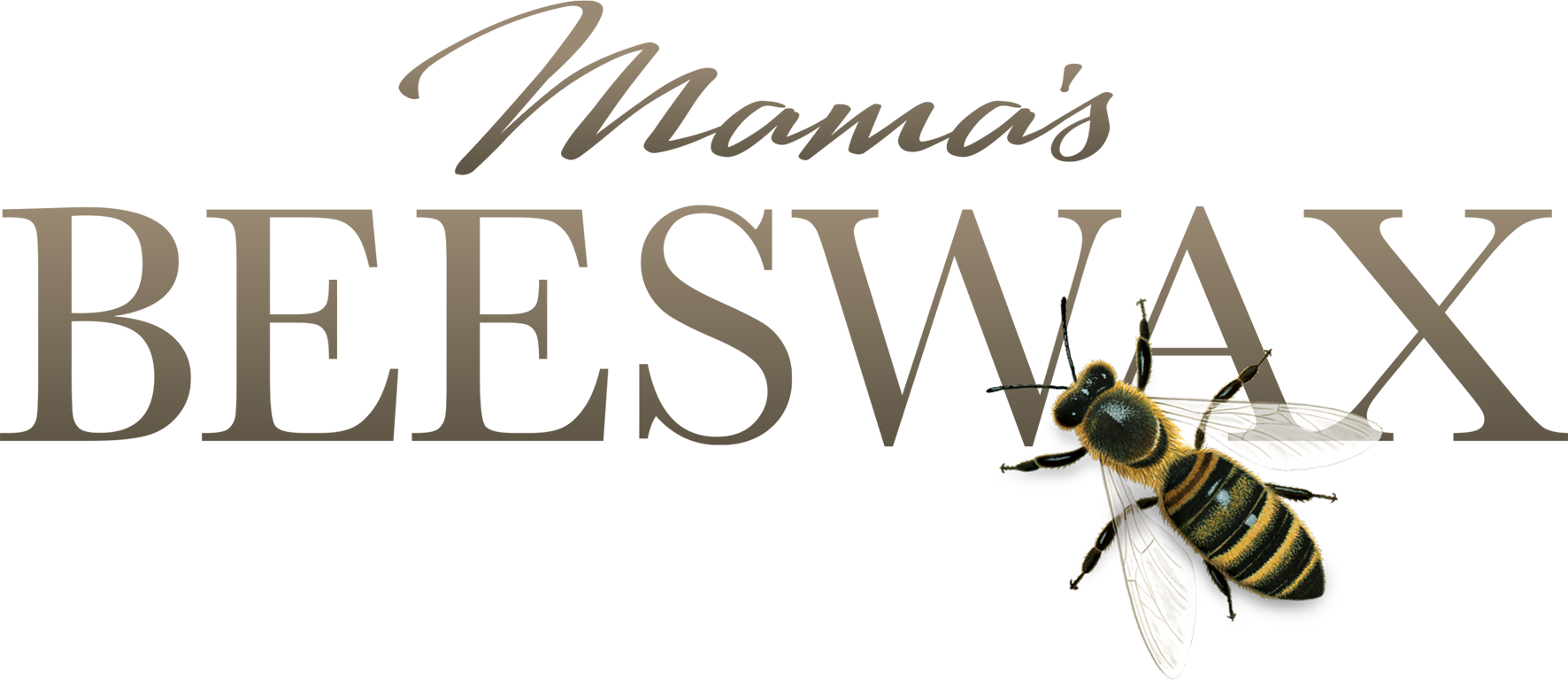Why Bees Matter: Supporting Pollinators in Your Garden
As a beekeeper, I spend a lot of time watching bees at work. There’s something calming about their rhythm – the gentle hum, the way they move from flower to flower with purpose. But behind that soothing buzz is a crucial role: bees are some of our most important pollinators, and they’re under real pressure.
Creating a bee-friendly garden is one of the simplest and most rewarding ways to help. Whether you have a large country estate, a tidy allotment, a back garden plot or a few pots on a balcony or patio, you can make a real difference.
Why Bees Matter
Bees pollinate around three-quarters of the crops we eat – apples, strawberries, tomatoes, courgettes, the list goes on. Without their pollination services we would have a very boring diet of root vegetables and cereals. But they’re not just helping our food supply. Bees are vital for for pollinating wildflowers and hedgerows that produce the nectars and berries that birds, beetles, moths and butterflies depend on.
Sadly, due to habitat loss, pesticides and climate change, our wild native bumble and solitary bees are struggling. Some species in the UK are in steep decline. The good news? Every small action helps.
Easy Ways to Make Your Garden More Bee-Friendly
You don’t need to be a gardening expert to support pollinators. Here are a few gentle changes that make a real impact:
1. Plant More Nectar-Rich Flowers
Choose varieties that are full of nectar and bloom across the seasons – from early crocus and lavender to late-summer sedum and echinacea. Bees need food from early spring right through to autumn. struggling to know what to buy? Just sand still at the garden centre and watch which flowers the bees and butterflies are gravitating towards.
2. Avoid Pesticides
Many chemicals are harmful to bees and other pollinators. Choose organic gardening methods where you can and encourage natural predators like ladybirds and hedgehogs.
3. Let Some Wild In
Bees love messy bits. A patch of long grass, a pile of logs, or wild corners left to grow can provide shelter, food, and nesting places.
4. Provide a Bee Bath
A shallow dish with clean rain water and some pebbles gives bees a safe place to land and drink. It’s especially important during dry spells.
5. Sow Our Seeded Paper Wrappers
If you've ever bought a Mama’s Beeswax soap or balm, I hope you have noticed the wrapper feels a little different. That’s because I use seeded paper – it’s packed with wildflower seeds specially chosen for bees and butterflies. Just tear it up, plant it in a pot or border, water well, and wait. It’s a small act that brings real joy when you see those first blooms and the bees that follow.
Small Steps, Big Difference
Helping pollinators doesn’t have to mean rewilding your whole garden (though that’s wonderful if you can). Even a windowsill of herbs or a few bee-friendly blooms in pots can make a difference. If you plant it the bees will come.
There’s something deeply satisfying about sitting in the garden on a sunny afternoon, watching and listening to bees you’ve helped to feed buzzing happily from flower to flower.
If you’ve planted your seeded wrapper, I’d love to see! Tag @Mamas_Beeswax on Instagram or send me a message – I never tire of seeing those first green shoots.

